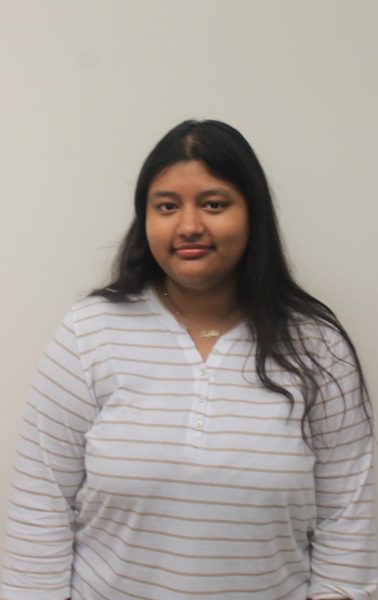Muslims need the representation they deserve in film and television
Muslims make up about a quarter of the world’s population, making Islam the second-largest religion in the world. As it grows, Hollywood and other entertainment industries have included Muslim characters in their movies and TV shows, yet the characters often fall short of accurate representation. A 2021 study from the USC Annenberg Inclusion Initiative found that only 1.6% of speaking characters in over 200 U.S., U.K., Australia and New Zealand films were Muslim. For such a widespread religion, this little representation is concerning.
“Growing up, I never really saw people like me in TV or movies,” Lane Tech College Prep sophomore and Muslim Club member Amna Bhatti said. “At the time, it didn’t really matter to me since I was too young to realize what that could’ve meant for me. When I got older and started wearing the hijab, I began noticing TV characters who also wore the hijab and came from Muslim families. It was so exciting to me until I realized that a lot of those characters were used to paint Islam as an oppressive religion and would take their hijabs off as an act of ‘freedom’ rather than a personal choice.”
Muslim characters, if they exist at all, are commonly cliches that play into harmful stereotypes and only reinforce the idea of Muslims being oppressive terrorists. While the women may take their hijabs off to become “free,” many Muslim characters, in general, are subjected to being violent.
“Muslims, both on-screen and off, have been constrained to a narrative that normalizes them as violent and positions their faith as related to extremism,” according to the study. “This is not surprising, as it aligns with previous research on film, television, and news coverage. While this sample of movies did not feature a significant percentage of films with narratives focused on war or terrorism, a notable percentage of Muslim characters were depicted in ways that perpetuate a view of Muslims as violent.”
These portrayals of violent Muslims can be linked to the many terrorist attacks by Islamic extremist groups. Global sentiment towards Muslims only worsen with each attack, though many Muslims themselves denounce and shun those groups. Mass media only seems to ignore that and continue to show Muslims as foreign instigators of violence, despite the backlash they get. This continues to worry Muslims like Bhatti.
“It’s disheartening to open a book or turn on a movie and see people generalizing all [Muslims] as the same few stereotypes,” Bhatti said. “We’re terrorists, or foreigners who are not modern by Western standards, or women controlled by their husbands, or anything that is just negative and stereotypical. They box us in and show non Muslims that these are the only experiences we have, creating more prejudice against us.”
The USC study also showed an alarmingly great lack of diversity among Muslim characters. There were significantly less women than men, 23.6% to 76.4% respectively, and many women were portrayed as subservient wives or family members. The race and ethnicities of these characters were also limited, with 66.7% of Muslim characters being Middle Eastern and North African. The remaining 33.3% were not split up evenly, as 20.8% of characters were South Asian, 5.6% were African-American, 4.2% were white and 2.8% were multiracial. Oscar nominated British-Pakistani actor Riz Ahmed shared his concerns about this in an interview with NPR.
“Being confronted with the hard stats themselves was in a way shocking to see how bad it was,” Ahmed said. “Just the extent of Muslim erasure, the extent in particular of erasure of Black Muslims, and Muslim women, it was really shocking.”
It should also be noted that among the 200 films included in the study, only one Muslim character was disabled and only one was LGBTQ+. There were no non-binary or non-conforming characters found in any of the films. Islam is one of the most diverse religions in the world, across different races, ethnicities and backgrounds, so why is it that this diversity is not properly conveyed to the public? Why are we shown to be two-dimensional people with their traits picked from a box of stereotypes, rather than dynamic people all coming from different backgrounds and walks of life?
“It’s definitely worrying that we are rarely shown to be as three-dimensional as characters who are not stated to be Muslim,” Bhatti said. “More and more people are realizing that we’re not all what is shown to them on screen, but things won’t change until we stop being painted as the villains of the story.”
The question is, how long will it be until entertainment industries move on from villainizing Muslims and begin making authentic, mainstream Muslim stories? How long until people begin realizing that we are not the violent stereotypes that are shown too often? Muslims deserve better representation across all forms of media, but change is more urgently needed in entertainment media. If people believe only what they consume, when will we get what we deserve?

Name: Rafika Khan
Position: Editor-in-Chief of Web and Co-Copy Editor
Graduation year: 2024
A few sentences about...



